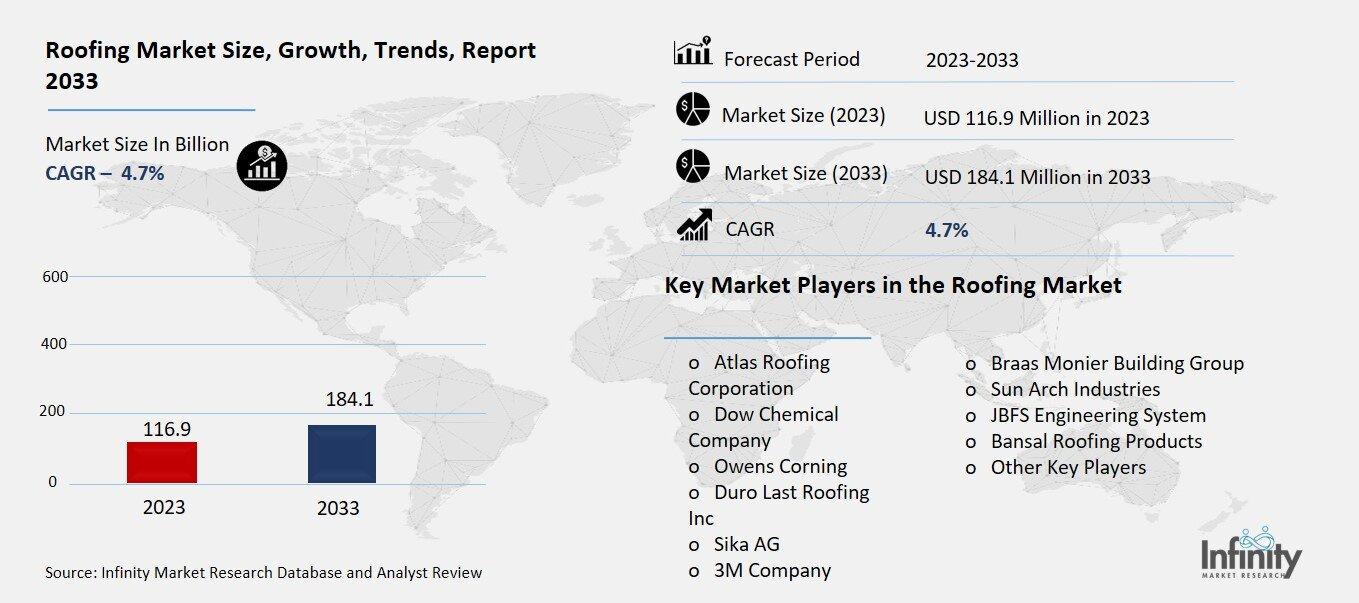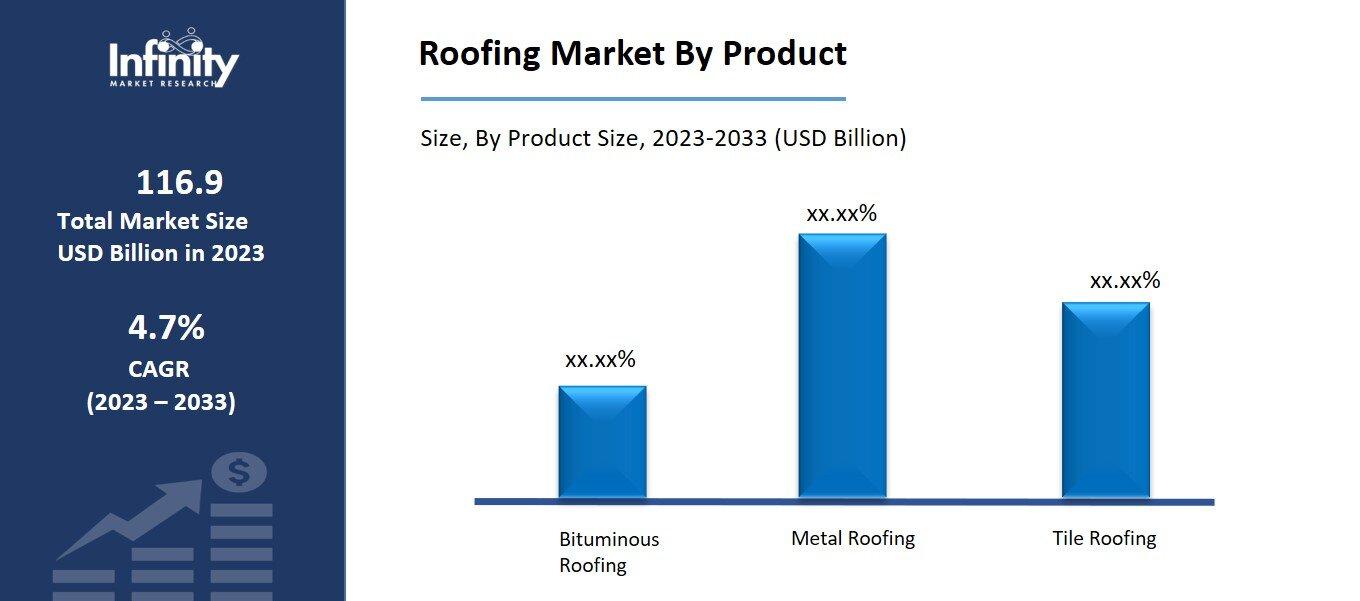
🔐 Secure Payment Guaranteed
Safe checkout with trusted global payment methods.
🌟 Why Choose Infinity Market Research?
At Infinity Market Research, we dont just deliver data — we deliver clarity, confidence, and competitive edge.
In a world driven by insights, we help businesses unlock the infinite potential of informed decisions.
Here why global brands, startups, and decision-makers choose us:
Industry-Centric Expertise
With deep domain knowledge across sectors — from healthcare and technology to manufacturing and consumer goods — our team delivers insights that matter.
Custom Research, Not Cookie-Cutter Reports
Every business is unique, and so are its challenges. Thats why we tailor our research to your specific goals, offering solutions that are actionable, relevant, and reliable.
Data You Can Trust
Our research methodology is rigorous, transparent, and validated at every step. We believe in delivering not just numbers, but numbers that drive real impact.
Client-Centric Approach
Your success is our priority. From first contact to final delivery, our team is responsive, collaborative, and committed to your goals — because you re more than a client; you re a partner.
Recent Reports
Global Myopia Control Lenses Market Report 2025-33
Hyaluronic Acid-based Dermal Fillers Market Report
Roofing Market
Global Roofing Market (By Product, Bituminous Roofing, Metal Roofing, and Tile Roofing; By Application, Commercial, Industrial, and Residential; By Region and Companies), 2024-2033
Oct 2024
Building and Construction
Pages: 138
ID: IMR1248
Roofing Market Overview
Global Roofing Market acquired the significant revenue of 116.9 Billion in 2023 and expected to be worth around USD 184.1 Billion by 2033 with the CAGR of 4.7% during the forecast period of 2024 to 2033. The roofing market is influenced by factors such as urbanization, growth in construction activities, and rising awareness of sustainable roofing solutions. Key materials in this market include asphalt shingles, metal roofing, clay tiles, and roofing membranes. All this material varies degrees of durability, cost, and aesthetic appeal.

Increasing emphasis on energy efficiency and green building standards drives the demand for solar-integrated and cool roofing systems. The market is competitive as key players focusing on innovation, product differentiation, and service quality to cater to diverse customer needs. Geographically, market growth is driven by regions with high construction activity, particularly in developing economies and urban centers undergoing infrastructure upgrades.
Drivers for the Roofing Market
Increased Construction Activities
Growth in residential, commercial, and industrial construction leads to the increase in demand for roofing materials and services. In the residential sector, increasing urbanization and population growth have led to a surge in new housing projects. This creates a continuous need for durable and efficient roofing systems. In the commercial construction segment the expansion of retail centers, office buildings, and warehouses boosted the demand for high-performance roofing solutions. Additionally, the industrial sector drives by the increase in need for manufacturing facilities and logistics centers. This centers requires specialized roofing materials that offer durability, thermal regulation, and resistance to harsh environmental conditions.
Restraints for the Roofing Market
Raw Material Price Fluctuations
Variability in raw material prices significantly impacts production costs in the roofing market, ultimately affecting profitability for manufacturers and suppliers. Key roofing materials, such as asphalt, metal, clay, and polymers, are subject to price fluctuations due to changes in supply chain dynamics, geopolitical factors, and raw material availability. For instance, the price of asphalt is closely tied to crude oil prices, while metal costs can vary based on demand in other industries, such as automotive and construction. These price swings can make it difficult for roofing manufacturers to maintain consistent production costs, leading to squeezed profit margins or the need to pass on increased costs to consumers, which may affect market competitiveness. Moreover, uncertainty in raw material costs complicates long-term planning and investment, creating challenges in managing inventory, contracts, and production schedules efficiently.
Opportunity in the Roofing Market
Urbanization in Developing Regions
Expanding urban areas in developing countries present significant opportunities for market expansion in the roofing industry. Rapid urbanization in regions such as Asia, Africa, and Latin America is driving a surge in demand for new residential, commercial, and industrial buildings, leading to increased requirements for roofing materials and services. The rising middle class and improved living standards in these regions are also contributing to a growing preference for better quality, energy-efficient roofing solutions, offering a chance for market players to introduce advanced products. Additionally, government initiatives focused on infrastructure development, affordable housing, and smart cities further support market growth by creating a favorable environment for investment in construction projects.
Trends for the Roofing Market
Rise of Roof-Integrated Solar Panels
The increased adoption of solar panels integrated directly into roofing systems marks a significant trend in the roofing market, driven by growing awareness of energy efficiency and sustainability. This innovative approach, known as solar roofing or building-integrated photovoltaics (BIPV), allows homeowners and businesses to generate renewable energy while maintaining the aesthetic appeal of their roofs. As electricity prices rise and environmental concerns become more pressing, consumers are increasingly seeking solutions that reduce energy costs and carbon footprints. Solar-integrated roofing systems not only provide a functional roof but also harness solar energy to power homes or businesses, contributing to long-term savings on energy bills. Furthermore, advancements in solar technology, including more efficient panels and better integration methods, have made these systems more accessible and cost-effective.
Segments Covered in the Report
By Product
o Bituminous Roofing
o Metal Roofing
o Tile Roofing
By Application
o Commercial
o Industrial
o Residential
Segment Analysis
By Product Analysis
On the basis of product, the market is divided into bituminous roofing, metal roofing, and tile roofing. Among these, metal roofing segment acquired the significant share around 42.6% in the market. Metal roofing systems are known for their durability and longevity, often lasting 50 years or more with minimal maintenance, making them a cost-effective choice for both residential and commercial applications. Their ability to withstand extreme weather conditions, including high winds, heavy rain, and snow, further enhances their appeal in diverse climates.

Additionally, metal roofs are lightweight and can be installed over existing roofing materials, reducing labor costs and installation time. The aesthetic versatility of metal roofing allows for a range of styles and finishes, appealing to various architectural designs and consumer preferences.
By Application Analysis
On the basis of application, the market is divided into commercial, industrial, and residential. Among these, residential held the prominent share of the market. The increasing population and urbanization are leading to a surge in new housing developments and renovations, resulting in a higher demand for roofing materials and services. Homeowners are increasingly investing in durable and energy-efficient roofing solutions to enhance the value of their properties and reduce long-term energy costs.
Moreover, residential roofs play a critical role in protecting homes from various environmental elements, including rain, wind, and snow, which further underscores the importance of quality roofing materials. There is also a growing trend towards eco-friendly and aesthetically pleasing roofing options among homeowners, which drives innovation and product variety within the residential segment.
Regional Analysis
Asia Pacific Dominated the Market with the Highest Revenue Share
Asia Pacific held the most of the share of 35.1% the market. Rapid urbanization and population growth in countries like China, India, and Indonesia have led to a surge in construction activities, resulting in increased demand for residential, commercial, and industrial roofing solutions. The region's booming economy has spurred infrastructure development and real estate investments, further driving the need for diverse roofing materials.
Additionally, the growing middle class in Asia Pacific countries is leading to a rising demand for better-quality housing and commercial buildings, which often incorporate advanced roofing technologies and materials. Increased awareness of energy efficiency and sustainable building practices is also contributing to the market's growth, with consumers showing a preference for eco-friendly roofing options.
Competitive Analysis
The roofing market is characterized by a competitive landscape featuring a blend of established players and emerging companies, each vying for market share through various strategies. Major companies like GAF Materials Corporation, Owens Corning, CertainTeed, and Atlas Roofing dominate the industry, leveraging extensive product portfolios, strong brand recognition, and expansive distribution networks. Product differentiation is crucial, with manufacturers innovating to offer energy-efficient and eco-friendly roofing solutions, along with a variety of styles and materials to cater to diverse consumer preferences.
Recent Developments
In March 2024, GAF Materials Corporation, based in New Jersey, presented an extensive array of products and services for both the residential and commercial roofing sectors at the 2024 International Roofing Expo (IRE).
Key Market Players in the Roofing Market
o Atlas Roofing Corporation
o Dow Chemical Company
o Owens Corning
o Duro Last Roofing Inc
o Sika AG
o 3M Company
o Braas Monier Building Group
o Sun Arch Industries
o JBFS Engineering System
o Bansal Roofing Products
o Other Key Players
|
Report Features |
Description |
|
Market Size 2023 |
USD 116.9 Billion |
|
Market Size 2033 |
USD 184.1 Billion |
|
Compound Annual Growth Rate (CAGR) |
4.7% (2023-2033) |
|
Base Year |
2023 |
|
Market Forecast Period |
2024-2033 |
|
Historical Data |
2019-2022 |
|
Market Forecast Units |
Value (USD Billion) |
|
Report Coverage |
Revenue Forecast, Market Competitive Landscape, Growth Factors, and Trends |
|
Segments Covered |
By Product, Application, and Region |
|
Geographies Covered |
North America, Europe, Asia Pacific, and the Rest of the World |
|
Countries Covered |
The U.S., Canada, Germany, France, U.K, Italy, Spain, China, Japan, India, Australia, South Korea, and Brazil |
|
Key Companies Profiled |
Atlas Roofing Corporation, Dow Chemical Company, Owens Corning, Duro Last Roofing Inc., Sika AG, 3M Company, Braas Monier Building Group, Sun Arch Industries, JBFS Engineering System, Bansal Roofing Products, andOther Key Players |
|
Key Market Opportunities |
Urbanization in Developing Regions |
|
Key Market Dynamics |
Increased Construction Activities |
📘 Frequently Asked Questions
1. How much is the Roofing Market in 2023?
Answer: The Roofing Market size was valued at USD116.9 Billion in 2023.
2. What would be the forecast period in the Roofing Market?
Answer: The forecast period in the Roofing Market report is 2024-2033.
3. Who are the key players in the Roofing Market?
Answer: Atlas Roofing Corporation, Dow Chemical Company, Owens Corning, Duro Last Roofing Inc., Sika AG, 3M Company, Braas Monier Building Group, Sun Arch Industries, JBFS Engineering System, Bansal Roofing Products, andOther Key Players
4. What is the growth rate of the Roofing Market?
Answer: Roofing Market is growing at a CAGR of 4.7% during the forecast period, from 2023 to 2033.


🔐 Secure Payment Guaranteed
Safe checkout with trusted global payment methods.
🌟 Why Choose Infinity Market Research?
- Accurate & Verified Data:Our insights are trusted by global brands and Fortune 500 companies.
- Complete Transparency:No hidden fees, locked content, or misleading claims — ever.
- 24/7 Analyst Support:Our expert team is always available to help you make smarter decisions.
- Instant Savings:Enjoy a flat $1000 OFF on every report.
- Fast & Reliable Delivery:Get your report delivered within 5 working days, guaranteed.
- Tailored Insights:Customized research that fits your industry and specific goals.




